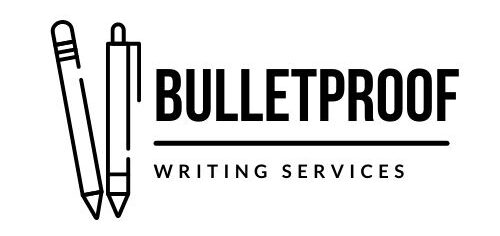A friend of mine recently asked for clarification on using “that” and “which.” Since I’ve seen confusion about this topic in other places, I thought a refresher course might be in order for us today. Keep in mind that our review is based on American English and The Chicago Manual of Style. If you’re curious about the British usage of “that” and “which,” we can cover that another day.
Same Function
“That” and “which” are both relative pronouns. Their job is to introduce a dependent (relative) clause and connect it to the main (independent) clause.
Did you just have a flashback to English class and sentence diagraming? If so, don’t worry. We’re not diagraming anything today. Just keep in mind that our two relative pronouns are connectors. Look at the two examples below.
I’m going to pet the dog that has spots.
The dog, which had spots, was very friendly.
In both of our examples, our relative pronouns introduced clauses (the underlined bits) with new information: we now know that the dog had spots. Our pronouns did their jobs and connected the main clauses to the dependent clauses. So, the function for both words is the same.
Different Execution

Photo by Nick Fewings on Unsplash
But even though the function for “that” and “which” is the same, the execution is different when we use them. What do you notice about our examples?
Our second example offsets our clause with commas, but there aren’t any commas in the first sentence. This is where many people get tripped up.
“That” is typically used with a restrictive clause, something that provides essential information for comprehension. Restrictive clauses are not set off by commas.
“Which” usually introduces a nonrestrictive clause. This type of clause can be removed from the sentence without changing the meaning of the sentence or hiding the identity of the noun it references. Let’s look at our examples again.
The dog, which had spots, was very friendly.
If we take away the nonrestrictive clause, we’re still left with a complete sentence.
The dog was very friendly.
Removing the clause did not cause any confusion. You know I’m still talking about the dog. That’s the beauty of nonrestrictive clauses; they’re helpful, but not totally necessary. Let’s try the same thing with our first example.
I’m going to pet the dog that has spots.
Now take away the restrictive clause.
I’m going to pet the dog.
Is it still a complete sentence? Yes, it is. Do you know which dog I’m going to pet? No. Based on this sentence, there’s not enough information for you to know that.* That’s because we removed a restrictive clause. It had information that was critical for us to fully understand that sentence. Remember the biggest difference between “that” and “which”: one is essential; the other isn’t.
In the Real World
So, when you’re trying to decide how to form your sentence, think about the information you want to share. If you need to convey critical information and your reader will not understand the sentence without the clause, use “that” to introduce it. If you’re adding some extra information or a description that’s helpful but not essential, use “which” and offset the clause with a comma.
Of course, it’s always best to have a second set of eyes review your writing. If you need someone to copyedit or proofread your work to check relative pronouns and restrictive clauses, let me know. I’d love to learn more about your writing project and would be happy to work on a sample edit for you.
*Let’s be clear on this. Given the opportunity, I will pet every dog.
